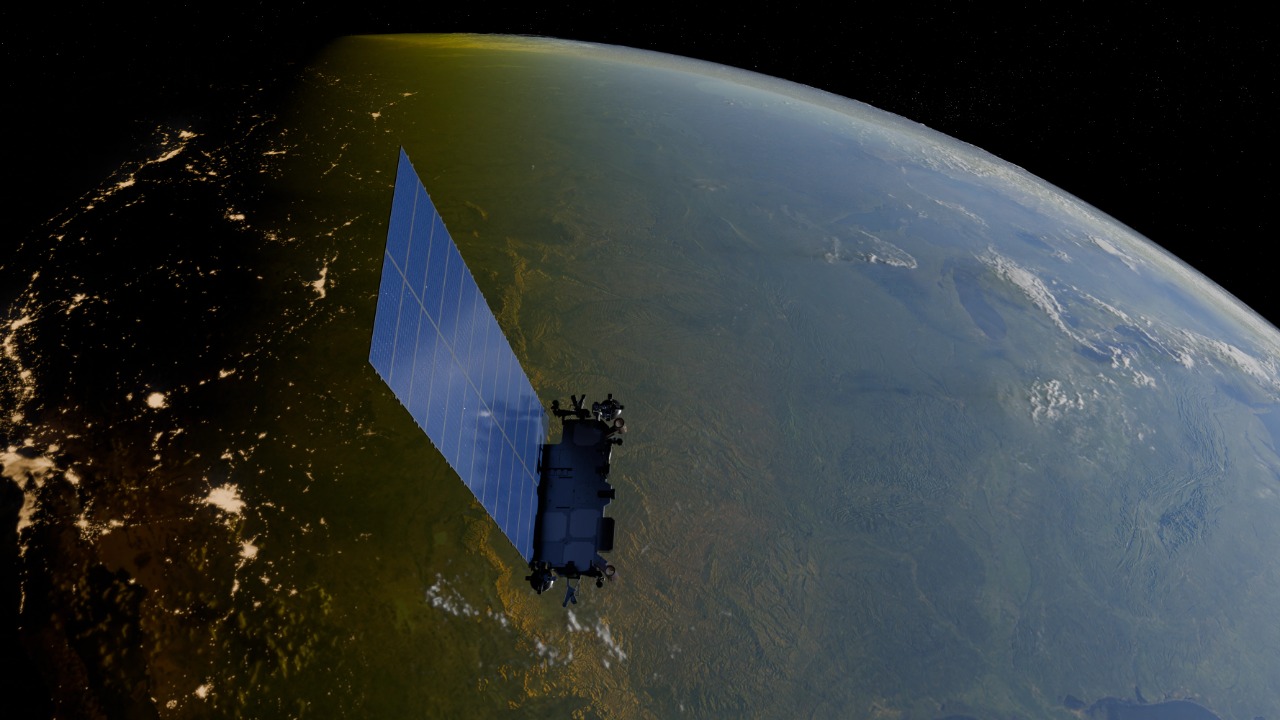
Google Earth users have recently unearthed something intriguing. They’ve discovered unusual ground-based infrastructure linked to Starlink’s satellite network in remote locations across the United States and Europe. This revelation has sparked speculation about undisclosed expansion plans and has ignited discussions on the environmental and regulatory impacts of satellite internet.
Discovery Through Satellite Imagery
Amateur Google Earth enthusiasts were the first to notice these anomalies. Using high-resolution imagery updates from 2024, they identified unusual patterns such as clustered antenna arrays and cabling hubs in arid regions like Nevada’s deserts. The technical process involved zooming into specific coordinates, around 38.5°N, 117.2°W, where users spotted what appear to be prototype ground stations not listed in official Starlink filings. This discovery was made possible through source imagery analysis.
These findings were shared on forums like Reddit’s r/GoogleEarthFinds, where users posted timestamped screenshots from mid-2025. These images reveal construction timelines that predate public announcements, suggesting that Starlink has been quietly expanding its infrastructure.
Starlink’s Hidden Infrastructure
The elements spotted by Google Earth users are not just random structures. They are large-scale phased-array dishes and fiber optic termination points, with over 50 units estimated at a single undisclosed site. These installations are designed for low-latency signal processing, aligning with Starlink’s goal of a 42,000-satellite constellation. However, these structures were not mentioned in FCC permit applications dated between 2023 and 2025.
These findings have significant implications for bandwidth management. Evidence from on-site pattern recognition indicates that these stations have capacities for 10 Gbps per station. This suggests that Starlink may be planning to significantly increase its bandwidth capabilities.
Regulatory and Privacy Concerns
The discovery of these undisclosed sites raises several regulatory and privacy concerns. For instance, the sites near protected lands like the Mojave National Preserve appear to have been established without any recorded NEPA reviews from 2024 onward, potentially violating environmental impact assessments.
There are also concerns over data privacy, given the stations’ proximity to civilian airspace routes. Starlink’s parent company, SpaceX, has not yet responded to queries from aviation authorities about these installations. Furthermore, satellite policy analysts have noted that the scale of these installations could affect international spectrum allocations without prior ITU notifications.
Community Response and Verification
The initial posts about these discoveries quickly gained traction on social media platforms. Threads on X (formerly Twitter) from October 2025 received over 100,000 views, leading to independent verifications via drone footage. Users also collaborated with open-source mapping tools like OpenStreetMap to geolocate additional sites, confirming similar setups in Scotland’s highlands at coordinates 57.2°N, 4.5°W.
One of the lead spotters, known as “EarthWatcher87,” stated in a viral interview: “This isn’t just a few dishes—it’s a shadow network Starlink’s been building in plain sight.”
Starlink’s Official Stance
SpaceX has yet to respond to these discoveries. The company’s history of minimal transparency, including unannounced launches in 2022 that drew FAA scrutiny, has led to skepticism about its intentions. The company has emphasized its proprietary tech and refused to disclose coordinates to protect against “industrial espionage,” according to their public statement.
Implications for Global Connectivity
The revelations about Starlink’s undisclosed infrastructure could have far-reaching implications for global connectivity. Rivals like OneWeb may be forced to disclose their ground station footprints earlier than planned, potentially escalating competition in the satellite internet market. Current estimates suggest that there could be as many as 500 global sites by 2026.
There are also environmental concerns to consider. Light pollution from dish arrays could affect astronomical observations in dark-sky areas. Data from 2025 studies show a 20% increase in interference due to these installations. Furthermore, these revelations could lead to regulatory shifts, including possible EU mandates for site mappings. This development parallels recent ITU debates on orbital debris from expanded networks.
More from MorningOverview